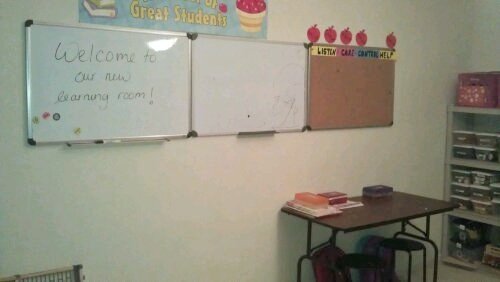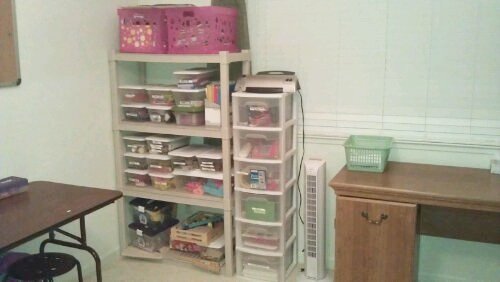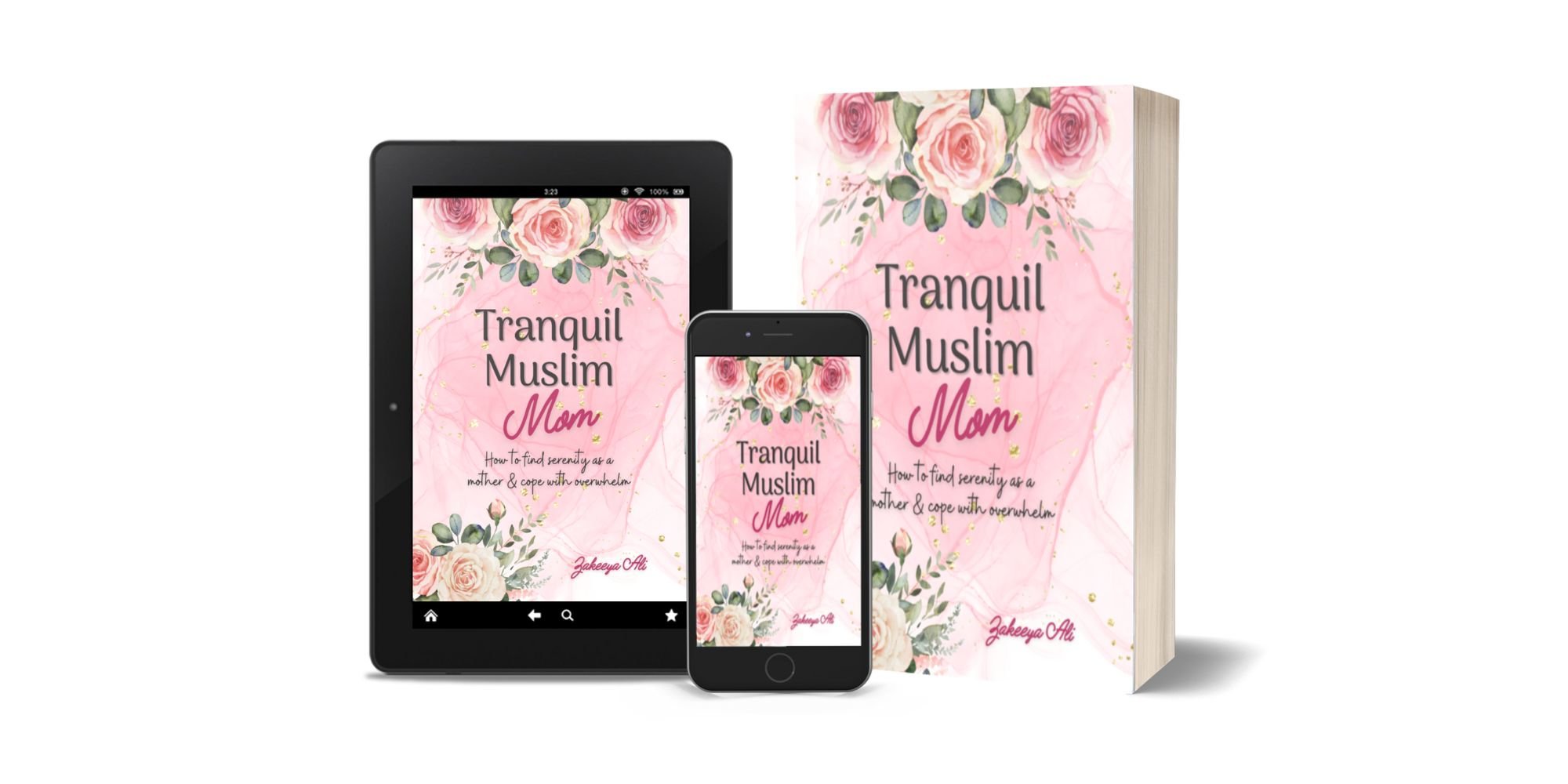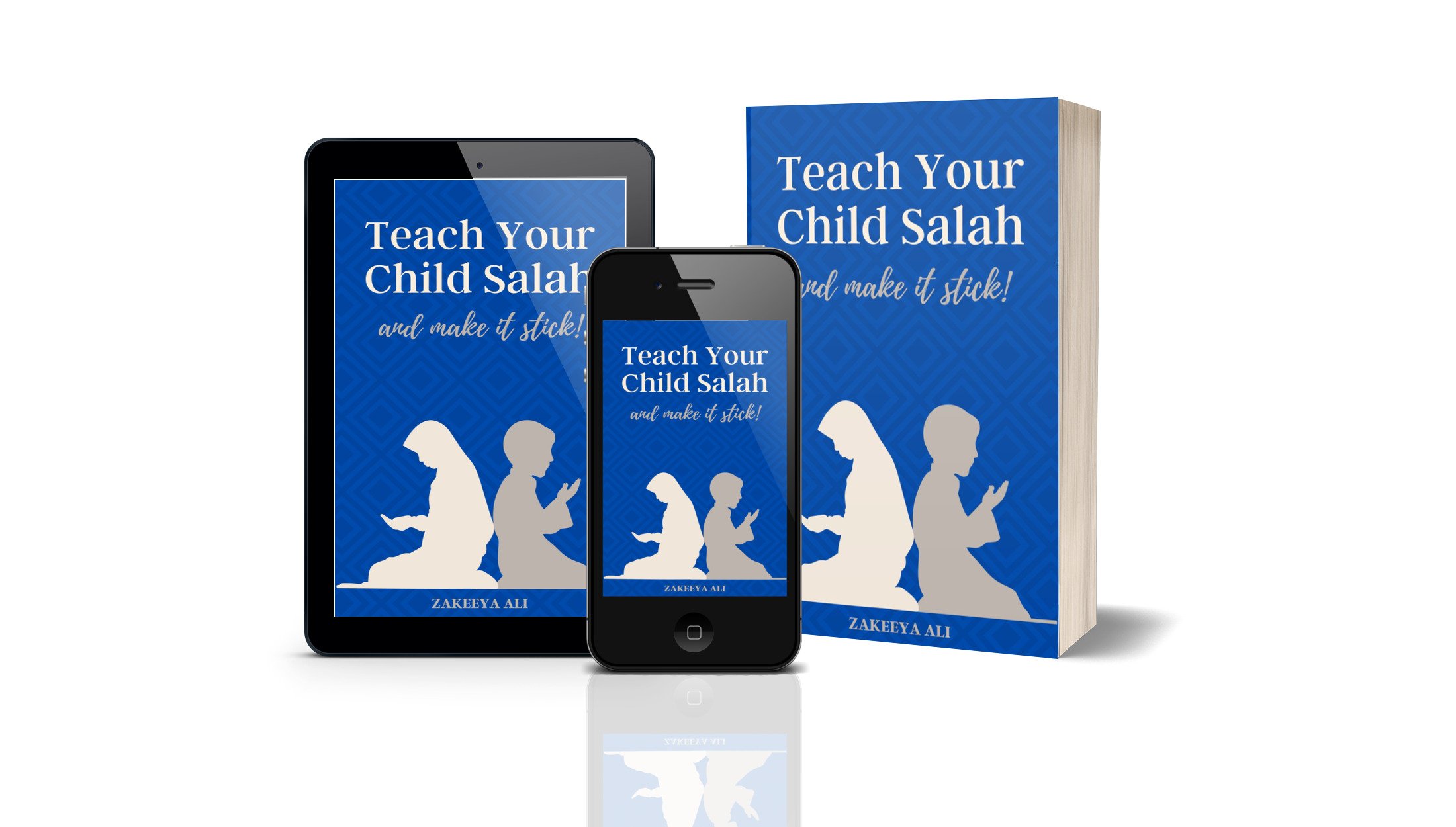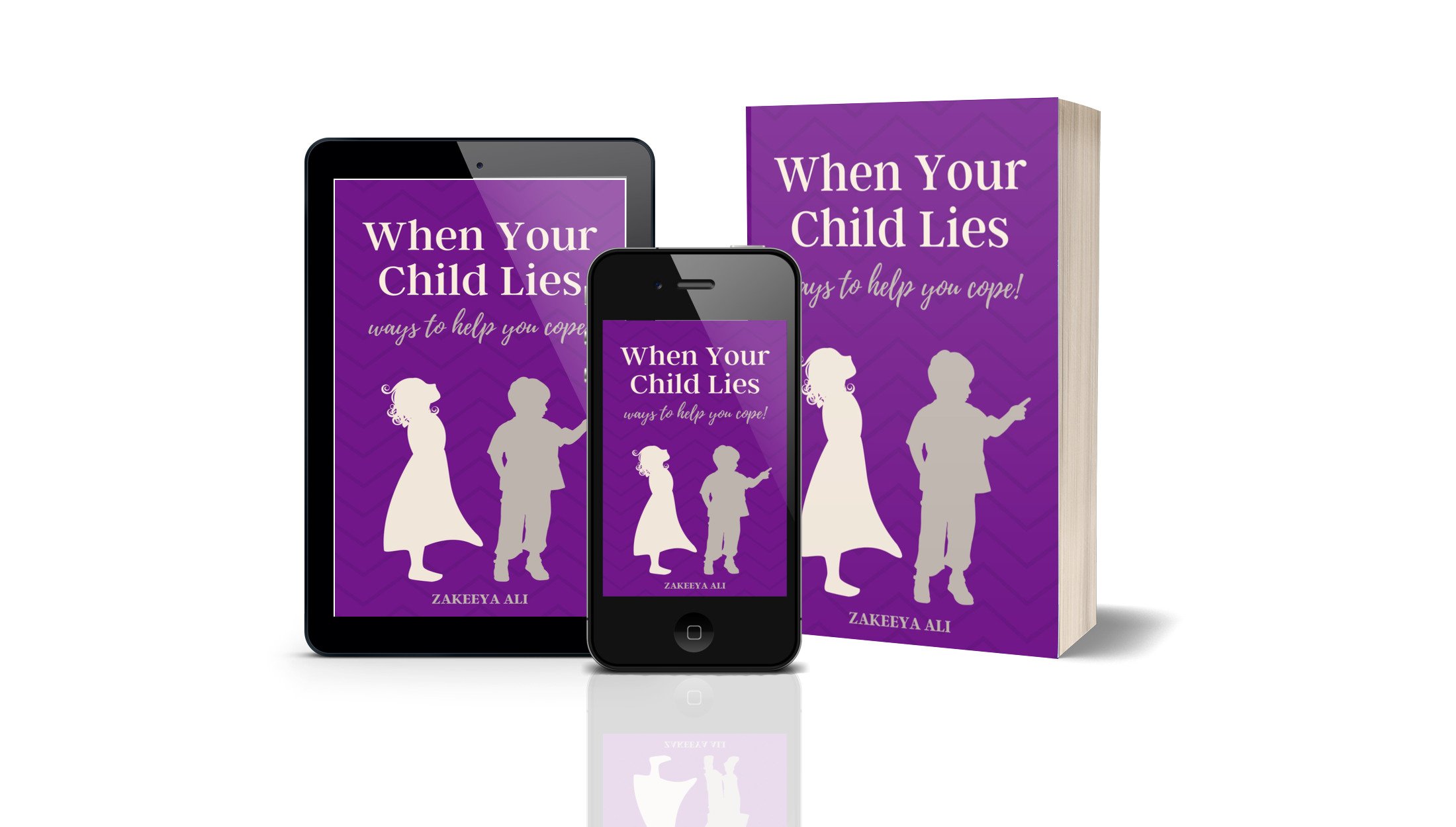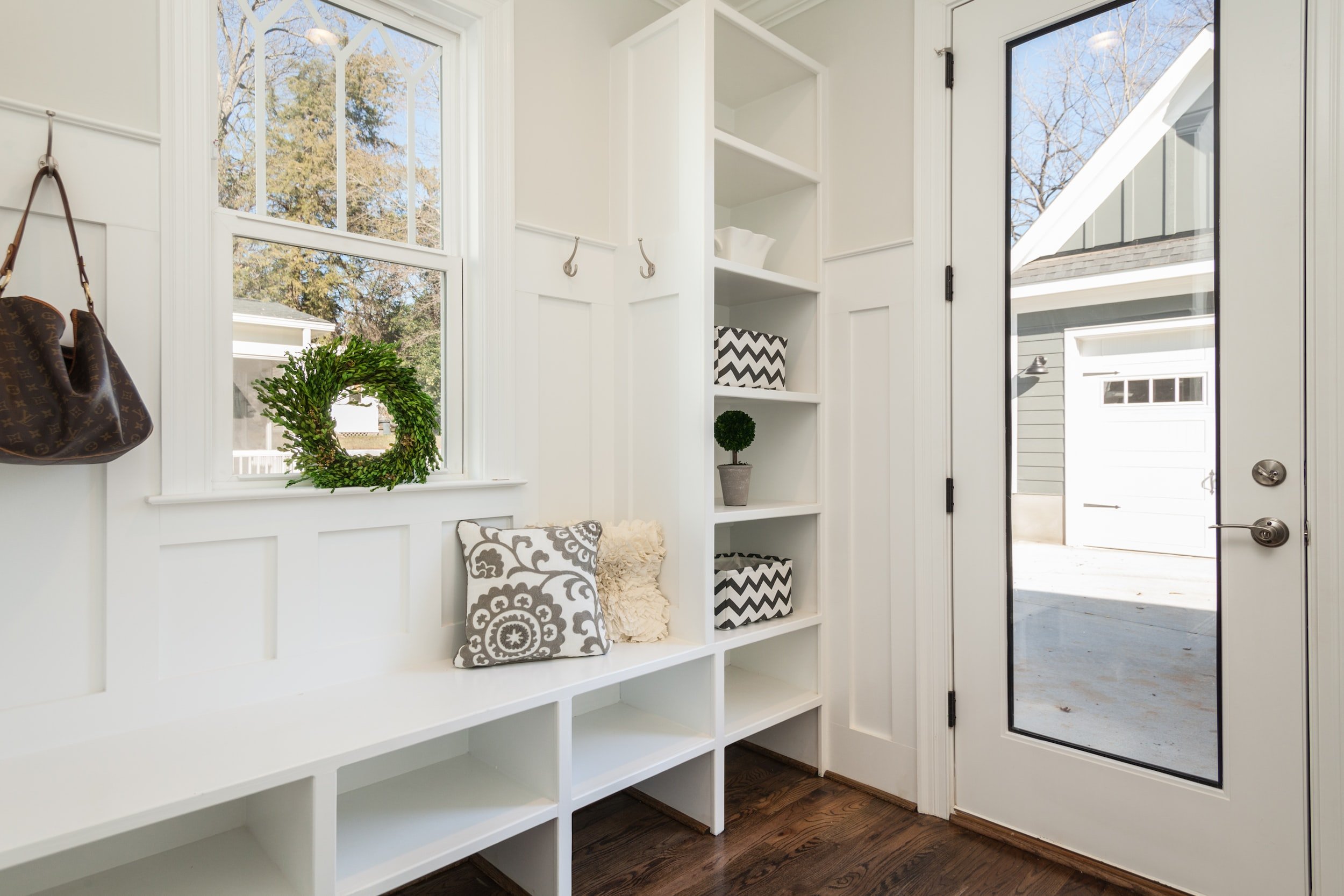How to Organize Your Homeschool for Maximum Productivity
When you homeschool, it's never an easy task, and one of the most important aspects is to have an organized learning space. That's why today I'm going to share my steps on how to have a structured homeschool space, and I hope these ideas will help make your educational journey more organized for effective learning.
Step 1: Find a space for educating your children and personalize it! (great to motivate the kids)
It is important to separate educational stuff (books, stationery, etc.) from home stuff; this keeps young kids from ruining any books or worksheets. It also helps the school kids to have a space to go to anytime, so that they can complete their work.
We use the dining room area, which includes a desk for me to use as my "teacher" area and to store my calendar, stationery, and other school-related supplies. I also work one-on-one with my children there. My desk is in one corner of the room, against the wall, and above my desk I have a hutch (but you can add shelves). In the hutch, I keep my teacher manuals, a printer, a laminator, a binder, and our 'treasure chest' (rewards for excellent work or behavior). Recommended desks and chairs on Amazon.
Step 2: Find a space for your kids to work effectively
My two oldest children, who are in grades 5 and 3, sit at three sturdy folding tables that can be purchased at a warehouse or office supply store. At the opposite table are my two middle children, who are in second grade and kindergarten, respectively.
We use the third table for reading or watching media. This makes it simpler to distinguish between independent and dependent learners, as well as between children who are researching or watching media and those who require more concentration and who must write. To sit at their desks, they each have a stool of their own. Recommended folding tables and student chairs on Amazon.
Step 3: Set-up a notice board
On one wall, I hang two white boards so I can write messages or facts for the day, set alarms or reminders, and visually explain concepts.
We also have a cork board where we post schedules, ongoing announcements, and examples of outstanding work.
Recommended white boards and cork boards available on Amazon.
Step 4: Invest in Bookcases and Quality Literature
On the other wall, we have two bookshelves, which hold all my children’s literature. One book shelf holds fiction books, and the other shelf holds non-fiction books and reference material.
The desk in between the book shelves is where my children sit to do research and read using a CD player, computer, or reference books.
Recommended book shelves and Chromebooks on Amazon.
Step 5: Find storage for access materials
On another wall in our learning room, close to my desk, I have another storage shelf. This serves as a teacher storage area to store tubs of learning resources (flash cards, math cubes, abacuses, etc.) or anything else that a teacher needs.
On the very top of the shelves, I put crates filled with spare stationery supplies, books, and anything else that we do not use often.
On the lower shelves, I place plastic shoe boxes with all our stationary needs (crayons, paints, scissors, glue, crafts, stickers, beads, etc.) and label each one to make it easily accessible for the big kids and inaccessible for the little kids to mess with. The plastic drawers hold construction paper, cardboard, and big stationary tools such as staplers, punches, etc. Recommended plastic storage shelves, storage drawers, storage shoe boxes, and storage crates on Amazon.
Step 6: Give your kids a place to store their stuff
Each of my kids has a school bag that holds their pencil box and the workbooks that they are using for the school year. They find this much easier for storing their work and accessing it when they need it.
This idea has worked for us, but there are parents who may like a more relaxed homeschool approach. I feel that with many kids, especially older kids, the structure helps them stay focused and productive.
However, if I were homeschooling fewer kids or younger kids, I would keep it more relaxed and implement a lighter structure. It all depends on what works for you and your children. I have tried both structured and relaxed, and I have alternated between each of them when the need arose.
You can't have a one-track mind when you homeschool because your days evolve so much according to age and circumstance. Therefore, I suggest that you stick to what makes your child learn the best and don't be afraid to be flexible. View a selection of backpacks for kids on Amazon.
Salam, I’m Zakeeya!
I believe that making our homes a safe haven for our families, as well as being a wife and mother, brings us great blessings, contentment, and benefits to society as a whole. Since 2011, I've been dedicated to assisting Muslimas in finding tranquility in their roles, taking better care of themselves, and achieving inner peace. Our journey in this world is not an easy one, but I pray the tools and guidance I offer will help you face life's challenges with more gratitude and mindfulness. Join me as I share wifehood, motherhood, homemaking, and lifestyle solutions that make life more fulfilling for you as a woman! Read more about me here.
Do you need advice and tips to assist you on your motherhood journey? Order my book, available in paperback and Kindle!
If you need discreet, tailored advice, you can book a one-on-one mentoring session with me to get private support.
Find guidance with your most challenging parenting issues with these helpful reads.
You May Also Like
This post contains affiliate links, which help offset website expenses. It costs nothing to use, but your support is so appreciated!




